Use these tactics
Let’s explore these tactics with an example: Pip’s Cafe
Pip’s Cafe management aims to improve the cafe by refining and presenting their best ideas to customers, better understanding community preferences. See below how Pip’s Cafe management uses these tactics to solve their problem.
1
Use Box Clever to solidify ideas
Use Box Clever to solidify ideas

🧠 What’s the goal? Clarify new ideas quickly by getting people to design the packaging that an innovation could be sold in.
👀 Why is this important? What might an innovation look like if you had to put it in a box on a retail shelf ? With limited space, you’re forced to clarify the heart of your idea and make it distinctive. When you have ideas forming and want to crisp them up, use this exercise to help everyone get specific about what’s actually going in the box for someone to buy.
💡 Tip: when designing the packaging for your innovation, focus on conveying its unique selling points and benefits concisely.
Instructions
-
Ask your team to jot down some notes about the opportunities and ideas for products (digital or physical) they’ve been thinking about, using the prompts below. This is the raw material for their box. (5–15 mins.)
-
Which idea(s) are you feeling excited about?
Example: I am feeling excited about the idea of Personalised Coffee Consultations at Pip’s Cafe. -
Which customers might care about each idea?
Example: Coffee enthusiasts who value expert advice and want to enhance their coffee experience, as well as individuals who may be new to coffee and are looking for guidance. -
What are the benefits for those customers?
Example: Customers will receive tailored recommendations, gaining a deeper understanding of their coffee preferences and learning how to make coffee choices that suit their taste. This service will foster a sense of connection with our cafe and our coffee experts.
-
-
Tell the teams: “Now imagine you’re a customer, and you come across this – the most exciting product – sitting on a retail shelf, shrink-wrapped and ready to buy. Make the box you see on the shelf.” (30–60 mins.) Share the prompts:
-
Invite the teams to take turns pitching their product box to the group. “Imagine you’re meeting with a major store. This is your chance to get your product on their shelves.” (3 mins for each team.)
Example: Unlock Your Perfect Brew at Pip’s Cafe! Our Personalised Coffee Consultations offer expert guidance tailored to your taste here at Pip’s cafe. Whether you’re a coffee enthusiast or new to the world of coffee, we’re here to elevate your coffee experience. Discover, learn, and connect with us today!
Tip: jot down exciting benefits and turns of phrase you hear during the pitches. People often write features on the box, but translate them into benefits when pitching.
⬇️ In the next tactic, write a simple sales story for each of your top ideas to help you identify which is the strongest, with Solve for Distribution.
2
Use Solve for Distribution to filter ideas for coherence
Use Solve for Distribution to filter ideas for coherence
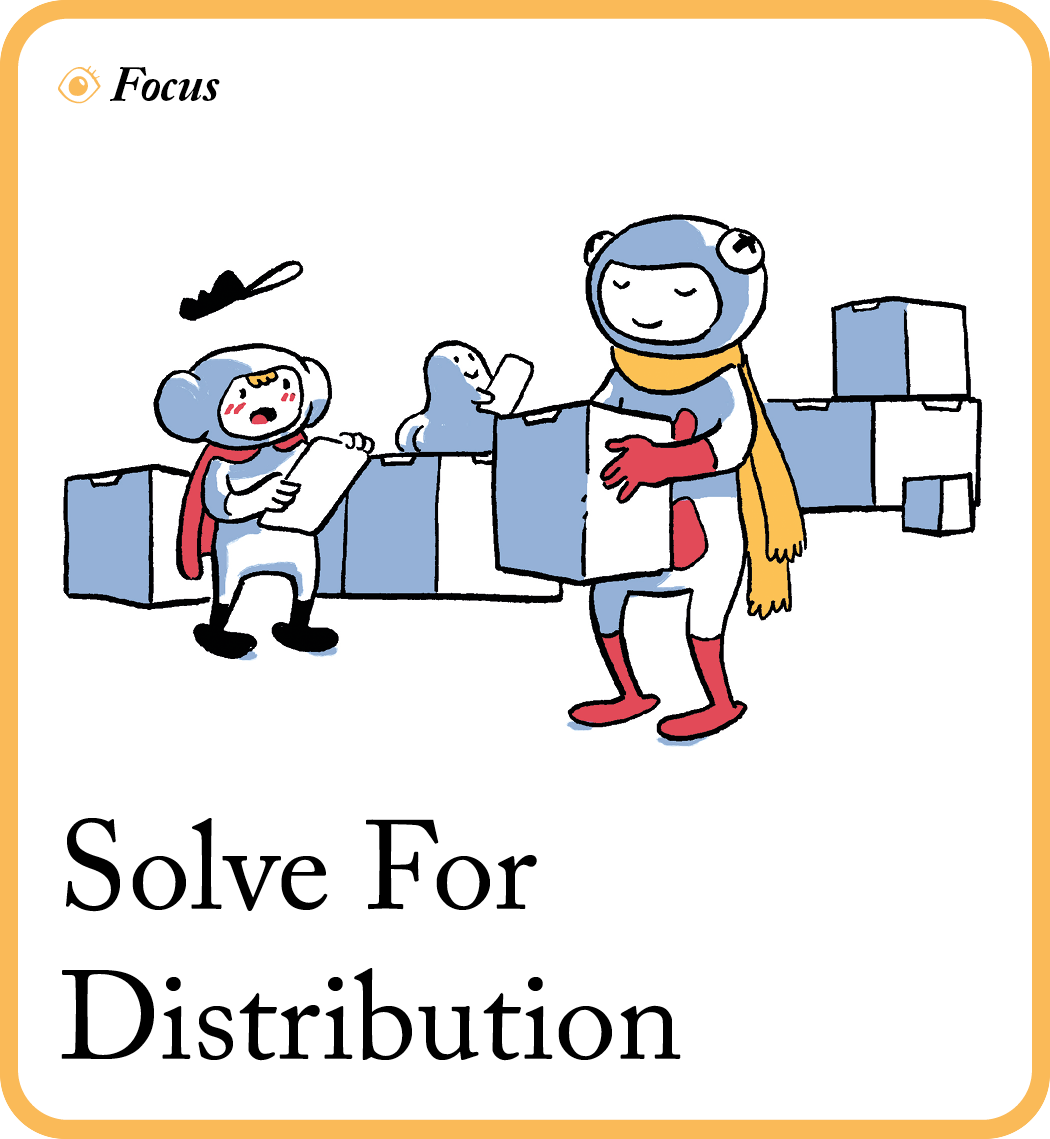
🧠 What’s the goal? Tell two simple stories so that you ensure people can first choose and then use your innovation.
👀 Why is this important? The best product frequently doesn’t win in the market. There are countless examples of ‘better’ products that lost to technically inferior rivals. Your innovation only needs to be good enough, and, importantly, to meet your customer where they are. When they struggle, are you there? Are you the obvious choice.
💡 Tip: keep the customer’s struggle at the forefront of your storytelling and emphasise how your innovation effectively addresses their pain points and becomes the obvious choice for them.
Instructions
Write two detailed stories about a specific person choosing and then using your innovation, as a sense check that both stories hold up. If you can’t use a real person, tell your stories about a hypothetical one.
-
The Product Story (the ‘Use it’ Story)
-
Describe a specific person with a specific struggle.
Example: Meet Sarah, a 32-year-old marketing professional who loves coffee but finds her daily coffee routine lacks variety and depth. -
How have they already tried to make progress?
Example: Sarah has experimented with different store-bought coffee brands, but the results have often left her unsatisfied. -
Why is what they’ve already tried not enough?
Example: Her current approach doesn’t allow her to explore the diverse world of coffee flavours and brewing methods, leaving her feeling disconnected from her daily coffee ritual. -
How does your idea fit into their life?
Example: Sarah discovers Pip’s Cafe and their Personalised Coffee Consultations service, providing her with expert guidance and a personalised approach to exploring coffee. -
How does their life get better thanks to your idea?
Example: Thanks to Pip’s Cafe, Sarah’s coffee experience is transformed as she learns about coffee origins, flavour profiles, and brewing methods, making her daily routine a source of joy and connection.
-
-
The Distribution Story (the ‘Choose it’ Story)
-
In which moments are they aware of the struggle?
Example: Sarah is aware of her coffee struggle every morning when she takes that first uninspiring sip of her routine coffee. -
Where and how do they look for something to help them make progress?
Example: Sarah seeks solutions through conversations with friends, in online coffee forums and by reading articles. -
So, how do they come across your idea?
Example: Sarah discovers Pip’s Cafe Personalised Coffee Consultations through a glowing recommendation on a coffee enthusiast forum. -
What alternatives do they consider besides your idea?
Example: Sarah contemplates joining coffee subscription services, attending generic coffee workshops, or experimenting with different store-bought brands. -
Why specifically do they choose your idea?
Example: Sarah selects Pip’s Cafe Personalised Coffee Consultations due to their personalised guidance and deep coffee knowledge, reinforced by a positive online testimonial. -
How do they justify their choice to others?
Example: Sarah justifies her choice by explaining that Pip’s Cafe offers expert guidance tailored to her taste and citing the positive testimonial, believing it will enhance her daily coffee ritual.
-
-
Anonymously vote with your team on the best story for each idea. Then decide together on the 6-8 ideas to use when you talk to potential customers. Make sure that all the ideas are as different as possible.
⬇️ In the next tactic, you will take your top well-thought-through ideas and show them to potential customers, with Pitch Provocations.
3
Use Pitch Provocation to get raw feedback from potential customers
Use Pitch Provocation to get raw feedback from potential customers
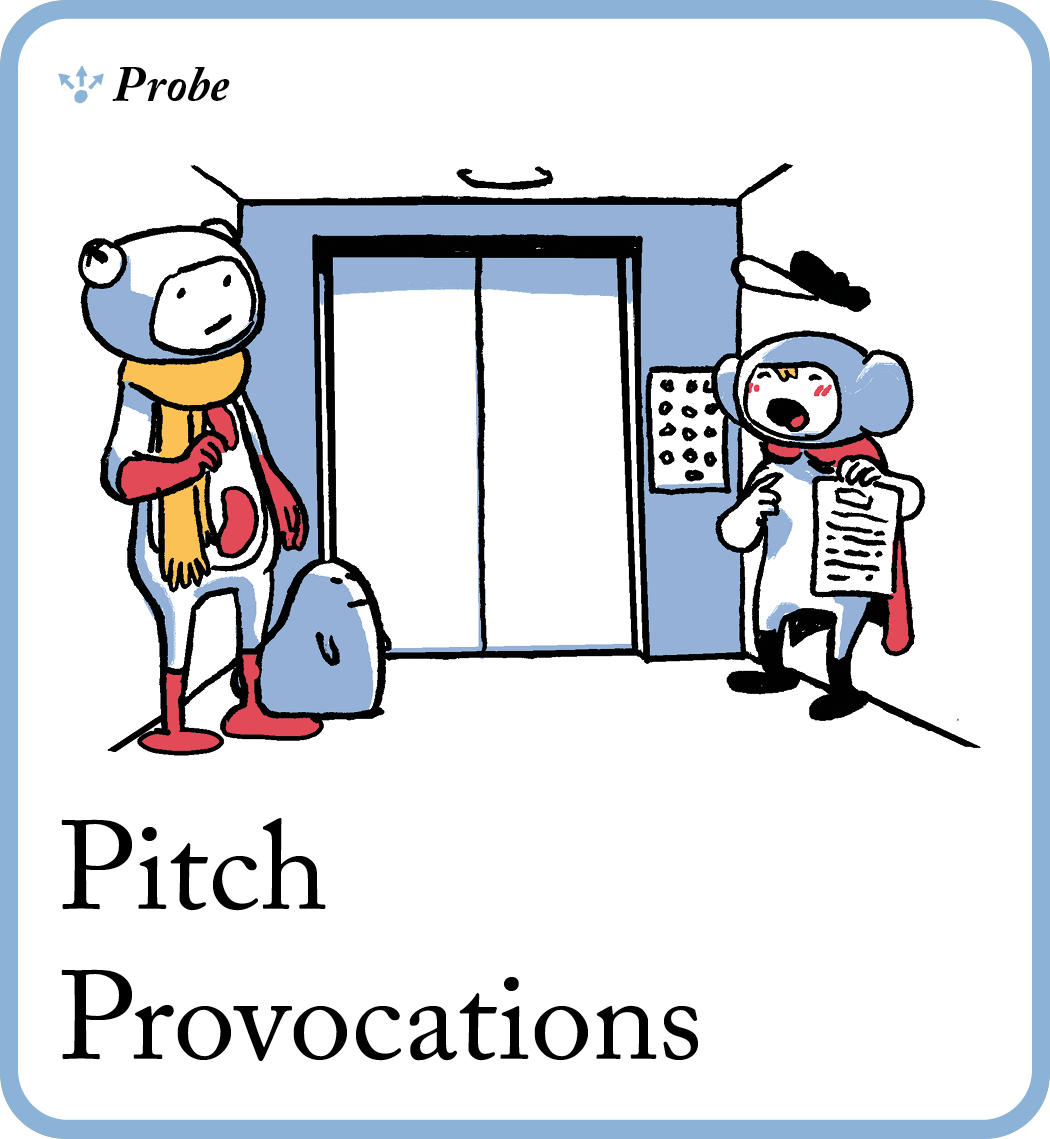
🧠 What’s the goal? See how potential customers respond to a range of teaser adverts for ideas that don’t exist yet, so that you can decide which of them to invest your effort into.
👀 Why is this important? Use this tactic when you need to decide between lots of ideas. By showing many different concepts to a potential customer, you’ll filter for those that resonate the most, while also clarifying the ideas and explanations. (Occasionally you even get an amazing new idea you hadn’t thought of, because someone misunderstands a pitch.)
💡 Tip: when talking to potential customers, write down their interpretation of your idea. Even if they got it ‘wrong’, it may reveal other needs, or spark even better ideas.
Instructions
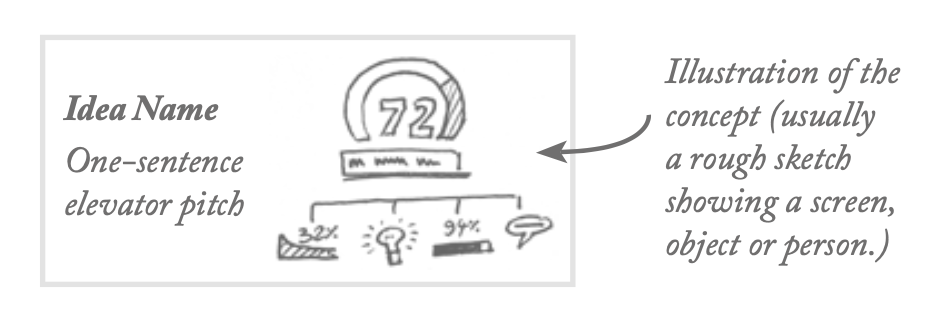
-
Gather your team and draft pitches for the opportunities/ideas you’ve identified, one concept per pitch (as above).
-
Choose a set of 6-8 pitches to test. Make them as varied as possible. Tidy up your chosen pitches so they’re clear. Use your chosen text from Solve for Distribution to help you write this.
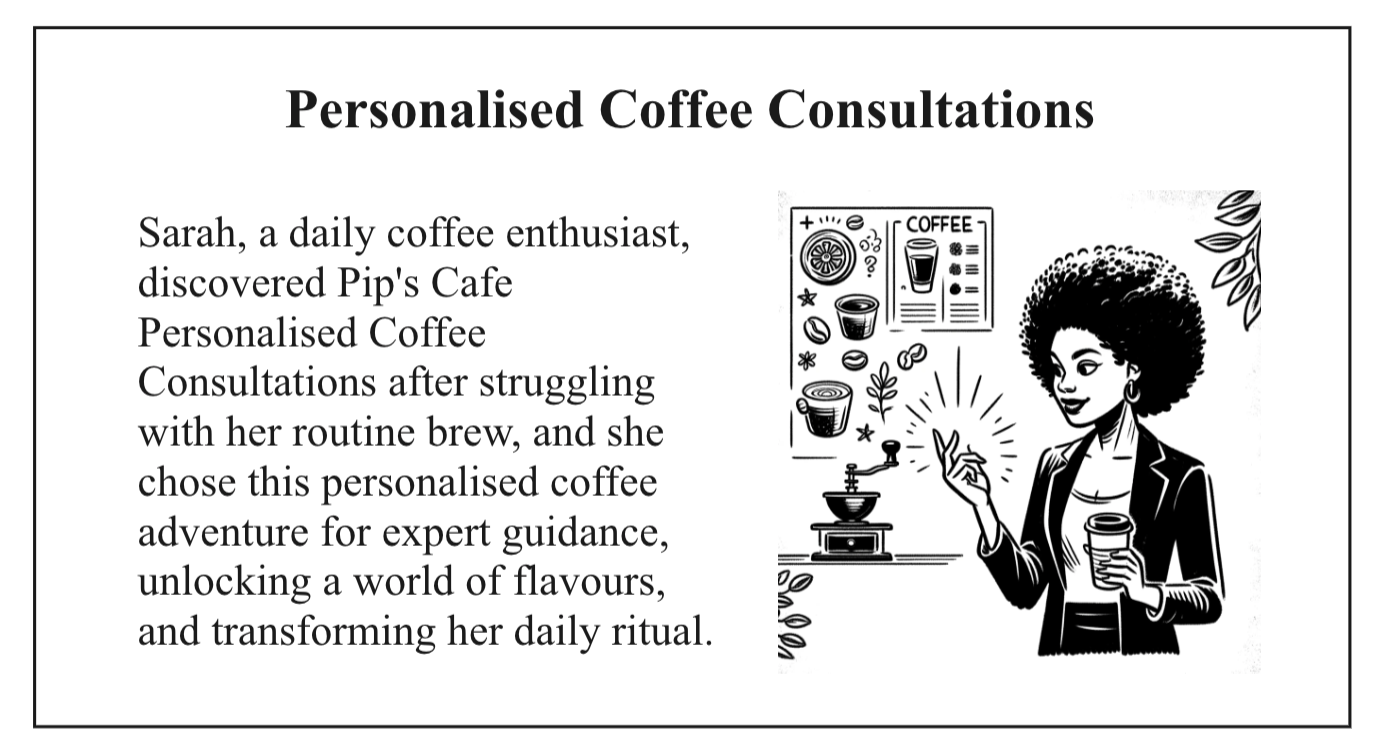
- Organise to speak with five potential customers, individually, for one hour each.
-
Show them each pitch (2–3 mins per). Don’t explain, simply ask them to talk you through their thoughts as they interpret it. Note down their words and reactions. Notice their emotions: are they dubious or do their eyes light up?
-
Ask a few questions about their take (3–4 mins):
-
In your own words, what do you think this is?
-
What already exists that does something like this?
-
What might you be able to do differently if you had this?
-
Imagine you tried this and it sucked. What went wrong?
-
- Repeat this process for each pitch.
- In the last 10 minutes, have them do a 2D Comparison (Innovation Tactics card in the Sense category) between all the pitches. Ask them to talk you through their thinking as they compare the ideas.
-
Next, decide on the most promising 1-3 ideas based on the answers and observations you collected from the potential customers responses.
⬇️ After completing these three tactics, you are ready with 1-3 great ideas to test out further or put into action.
What ways can I use this recipe?
- 10-minute challenge: choose the tactic that scares you the most and try it out with a friend or colleague. Don’t overthink it! If nothing scares you, lucky you. Start with Box Clever.
- The complete loop: this means short, separate sessions for each of the three tactics over an extended period of days, or even weeks.
- Full-day experience: do it all in one go! Spend a day diving deep and use all three tactics, with lots of breaks in-between.
Some tips
- Don’t make it hard. Take tiny, bold steps every day instead of changing everything all at once.
- Mistakes are important. They’re how you learn! So don’t try to be perfect, but do pay careful attention to failure.
- You are not your work! Don’t think “I need to get this right”, think “I want to find out as fast as possible what I can fix to make the experience for the user better.”
What next?
Congratulations! You have completed your first round of How to find the best ideas. You have solidified ideas, honed and filtered for coherence, and gained raw feedback from potential customers. But this is only the beginning. Now it’s up to you to figure out which ideas you want to abandon, keep going with, or adjust.

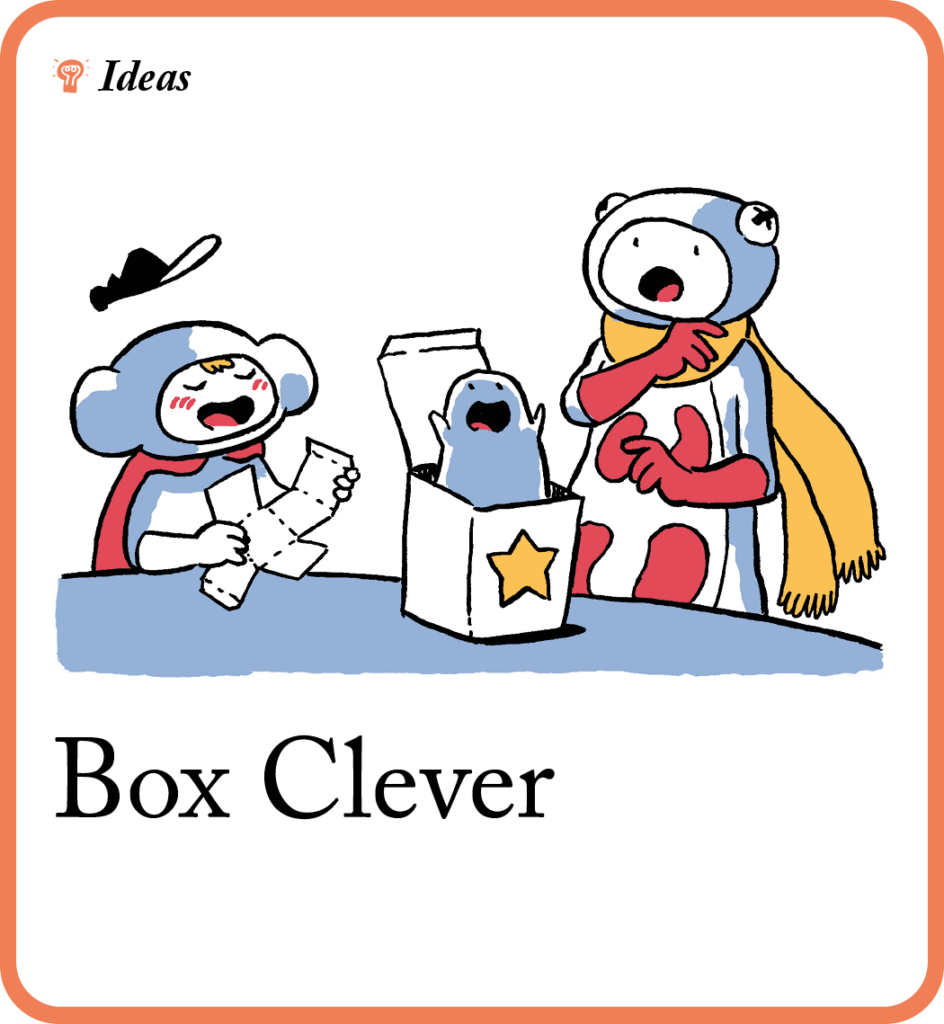
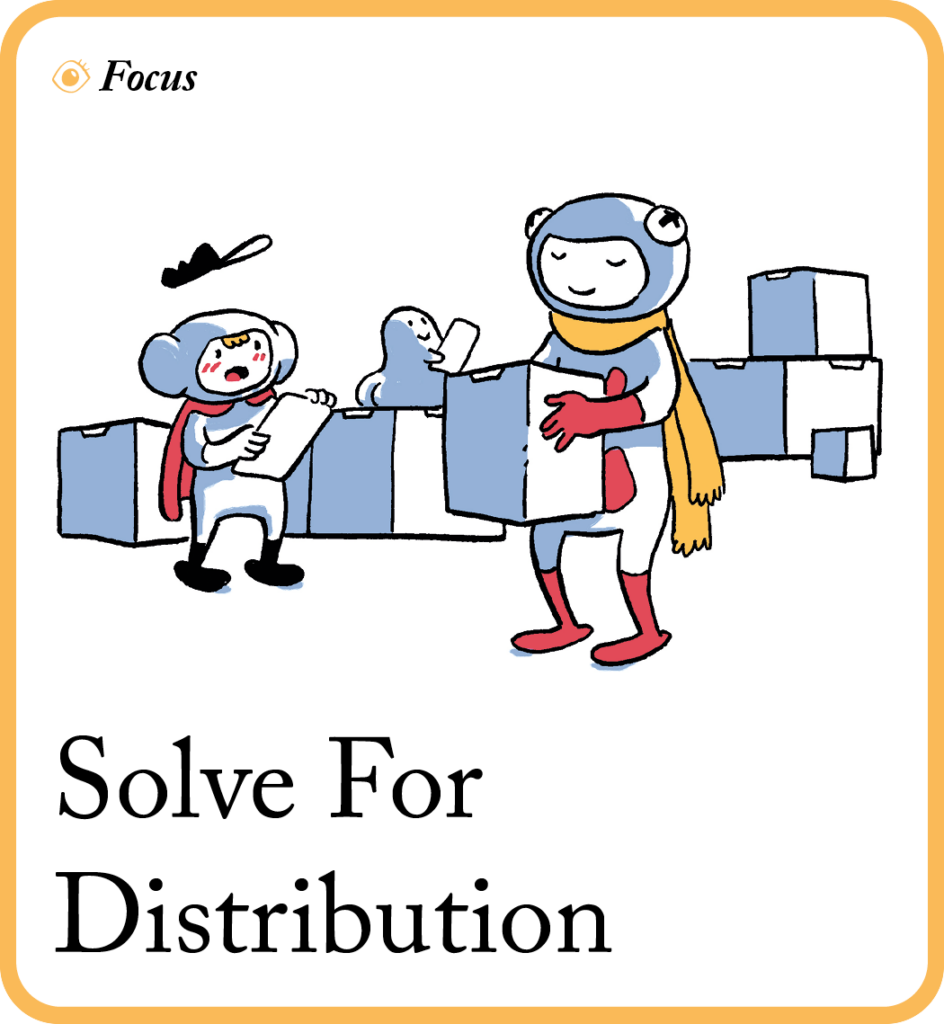


If you leave us your email, we'll let you know if we update this guide based on your feedback.